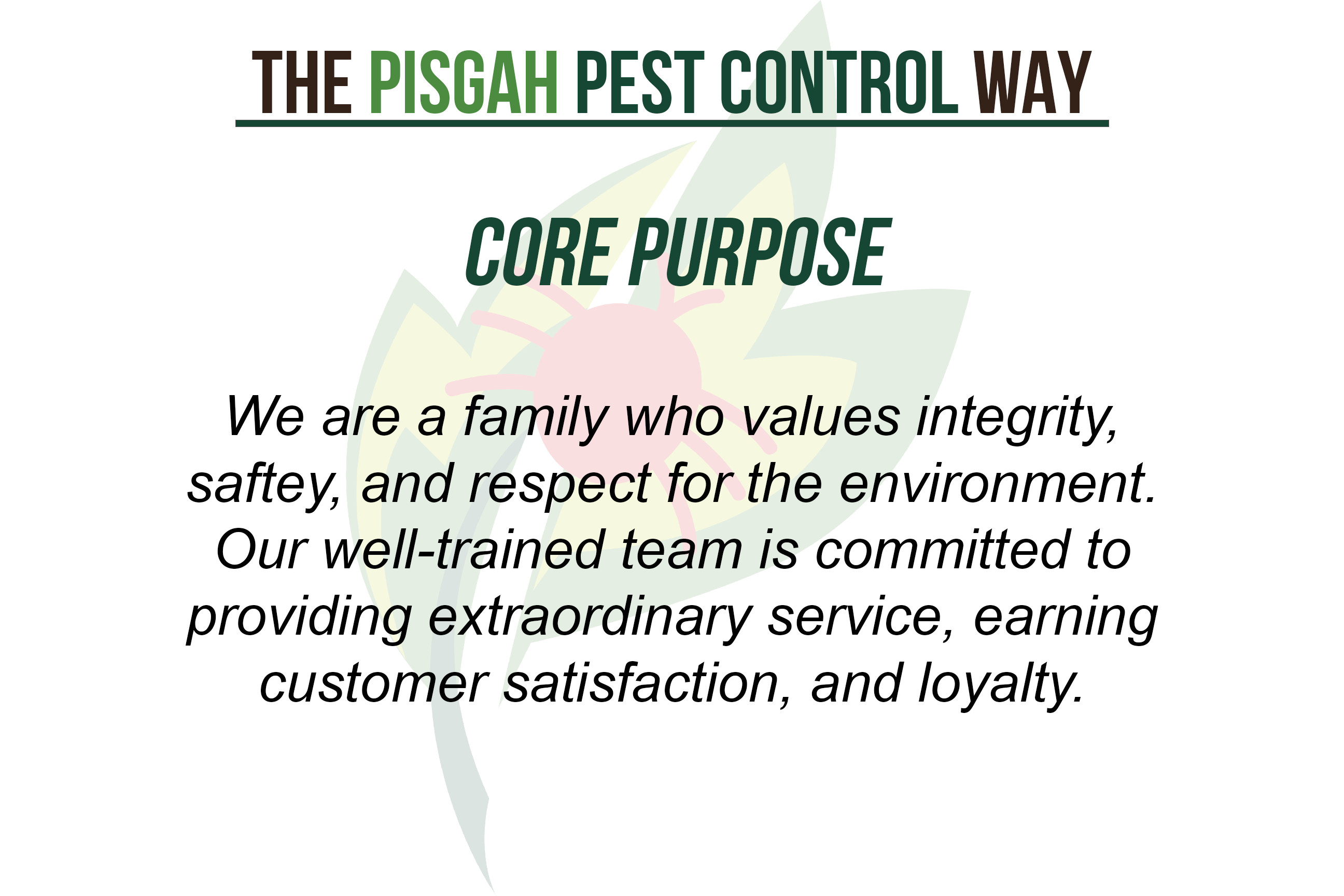The Of Pestwise
The Of Pestwise
Blog Article
Pestwise for Beginners
Table of ContentsThe Best Strategy To Use For PestwiseThe Definitive Guide for PestwiseThe Basic Principles Of Pestwise The 8-Minute Rule for PestwiseGetting My Pestwise To WorkPestwise Things To Know Before You Get ThisThe 45-Second Trick For Pestwise

Q. Specify "integrated bug management" (IPM) and checklist several possible control techniques that may be used in an IPM strategy. A. Integrated pest management is the integrating of appropriate bug control strategies into a single strategy to lower insects and their damage to an acceptable level. Pest control methods may include: host resistance, organic control, social control, mechanical control, sanitation, and chemical (pesticide) control.
3 Simple Techniques For Pestwise
What can you do to keep the insects you are attempting to control from coming to be immune to the pesticides you utilize? A. Bug resistance can be decreased by utilizing integrated insect monitoring and rotating the types of chemicals made use of.
Pests are an important threat to the farming company, and incorporated parasite monitoring assists farmers address and mitigate these risks. Integrated insect administration uses numerous methods in complicated, therefore being a much more effective option to the concern. Termite Treatment. Particularly, removing hostile chemical approaches permits decreasing harm to people and the environment by using natural and safer options instead
How Pestwise can Save You Time, Stress, and Money.
The goal of incorporated bug management is to minimize this harm and control acceptable infestation levels rather than eradicate all undesirable populaces. This is why it is essential to comprehend what steps are warranted in each situation and use hostile ones just when other incorporated administration methods do not work. Integrated management minimizes the unfavorable consequences of a non-IPM technique, and the main benefits of IPM Perks of IPM.
A correct understanding of the problem scope establishes if the trouble ought to be resolved. are the next parts of an IPM program because it is essential to understand if the organisms make possible risks and pick the integrated monitoring choices or the specific chemical usage. mean to reduce invasions by applying various agronomic techniques.
All About Pestwise
Integrated monitoring alternatives in an IPM program beginning with safer to more aggressive ones. The prior incorporated monitoring facets aid understand exactly how to plan and carry out an IPM program action by action: Monitor your crops on a regular basis.

To name a few, IPM cultural methods consist of the adhering to area monitoring strategies: dirt therapy; selection of appropriate plants; plant turning; interplanting or strip cropping; option of growing days; weed control; use trap plants. Desirable soil problems accelerate plant growth, and energetic plants are a lot more resistant to problems. Bed Bug Treatment. In integrated insect monitoring, soil screening helps comprehend if the field is suitable for the production of this or that plant, and afterwards use the doing not have nutrients to make sure plant healthy and balanced growth
4 Simple Techniques For Pestwise
No-till techniques assistance prevent dirt erosion, adding to lasting farming. When tilling is essential, it is suggested to perform it in the autumn to expose them to natural adversaries and serious climate. Healthy plants and seeds predetermine successful plant development, so it is very important to choose pest-free growing product with solid roots.
Therefore, to name a few applications, plant rotation can be efficiently made use of as an incorporated insect administration approach. Vermin spread slower if rows of various plant kinds divide their host plants in intercropping or strip cropping, which is also used in the integrated parasite monitoring system. Conversely, infestations enhance when plants of the same crop type or family grow together.
Similarly, potato beetles can harm growing potatoes, as well as tomatoes. Planting catch plants in spots is one more option for IPM intercropping. This integrated insect management method suggests drawing in parasites to details plants and afterwards managing them with chemical or mechanical methods. Particularly, you can grow soybeans as trap crops for Japanese beetles.
Rumored Buzz on Pestwise
Barriers are regular examples of physical IPM techniques. Fully grown pests or their eggs and larvae are collected by hand and damaged.

Department of Plant Sciences. University of Missouri. Dirt solarization is an effective integrated monitoring technique to sanitize the field by heating it in an all-natural way. This incorporated management approach implies an usual way of ruining parasites by predators, parasitoids, microorganisms, and various other biological control representatives (also known as hostile organisms). The function of biological control in IPM is to.
Our Pestwise Statements
With time, their populace transformed out to be a real problem to farmers recommended you read together with indigenous kangaroos or dingoes. The walking cane toad is an additional instance highlighting incorporated organic control failure in this regard when it rejected to quest the target varieties and came to be a bug itself. Parasitoids establish on or within their hosts to ultimately kill them after growing.
Report this page